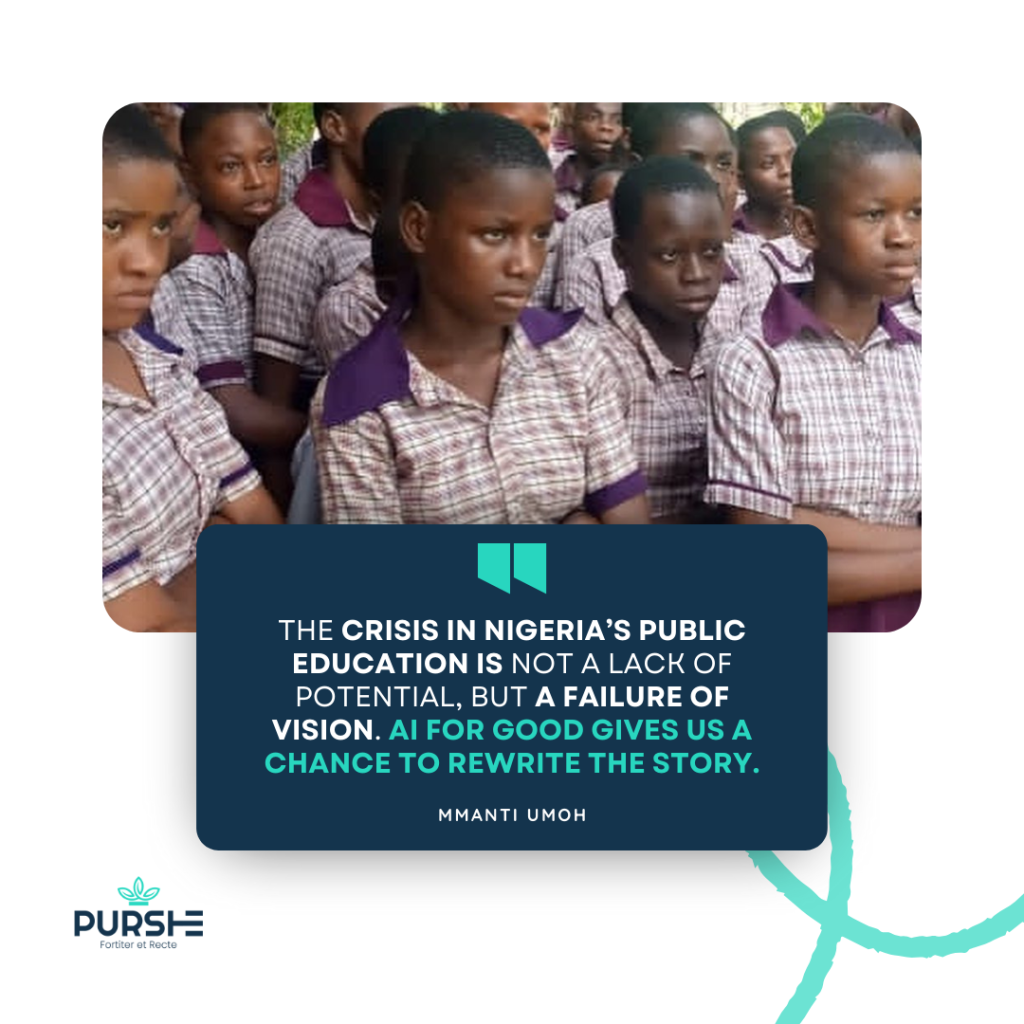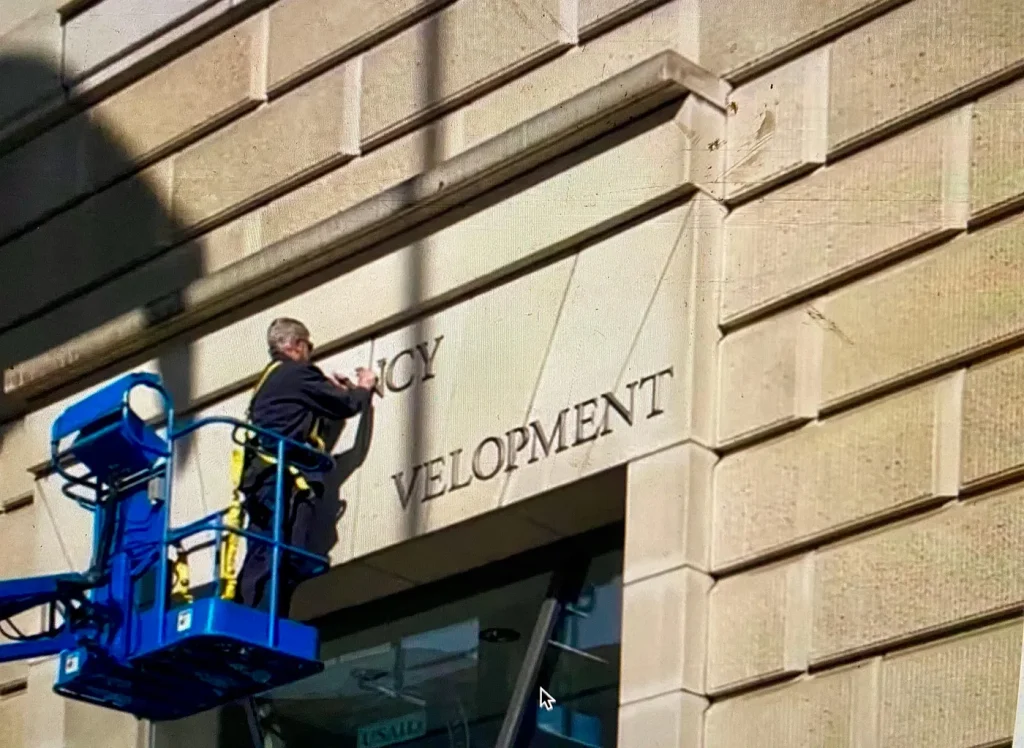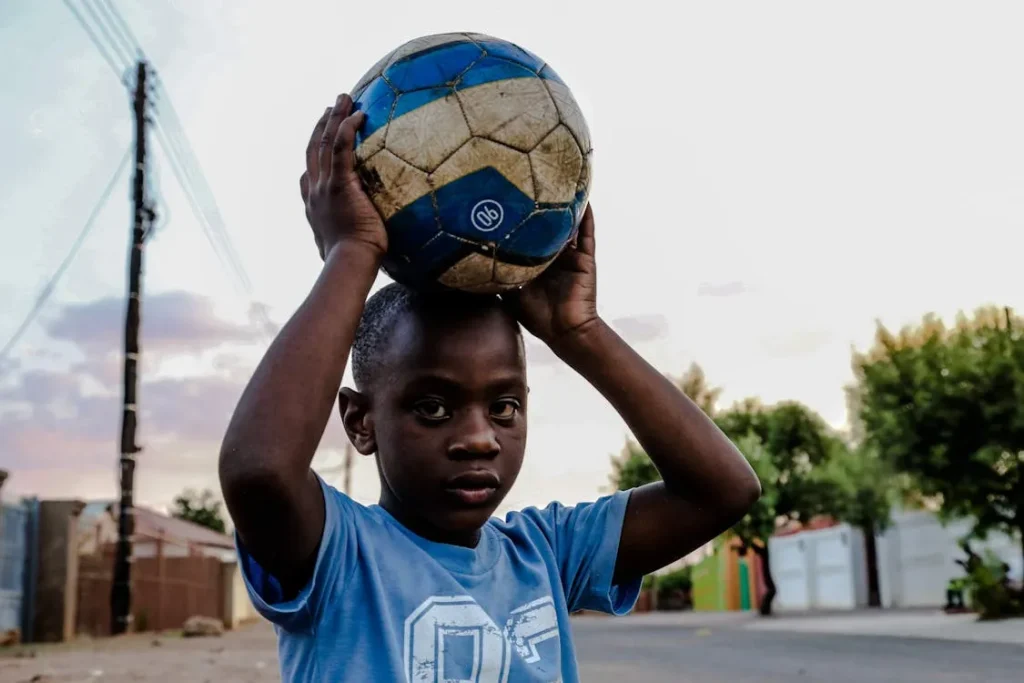
I still remember the look on the face of a nine-year-old boy I met in a public school classroom in Akwa Ibom: cramped room, three children to a single torn textbook, and a bright, impatient curiosity smothered by noise and neglect. That look has not left me. It is the look of a future being postponed.
Across Nigeria, millions of such children carry similar hopes, hopes that are being tested by a public education system stretched to breaking. This is not an abstract policy problem. It is a moral emergency, an economic time-bomb, and the lived reality of families who are asking one simple question: Will my child learn enough to have a life?
The facts that should wake us up
- Nigeria has among the world’s largest populations of out-of-school children, tens of millions of children who are not receiving even basic formal education. Estimates from international agencies place this number in the double digits, signalling a crisis of access that is unprecedented.
- For those who do make it into classrooms, the quality of learning is alarmingly low. Large pupil-to-teacher ratios and gaps in teacher content knowledge and training mean many children sit in school yet learn very little. Recent national assessments and World Bank analyses point to pupil-teacher ratios in public primary classrooms that strain any possibility of individualized attention.
- Violence, insecurity and mass kidnappings, particularly in some northern states, have directly disrupted schooling, forcing families to withdraw children from school and traumatising communities. Education cannot thrive where children and teachers are in danger.
- Yet there is reason for guarded hope: global and African research into AI for education shows scalable, targeted ways to improve learning outcomes, reach learners in crisis settings, and augment teacher capacity if we deploy technology with care, equity, and local leadership.
These numbers are not just statistics. They are futures deferred, creative capacity lost, families trapped in cycles of poverty, a nation denying itself the talent it will need to compete in the 21st century.
Why the usual fixes are not enough
Traditional band-aids, more classrooms, more textbooks, even increased school enrollment, are necessary but insufficient. They do not automatically translate into learning. The central problems are structural and human: chronic teacher shortages and poor continuous professional development, curricula disconnected from real skills and the jobs of today, a digital divide that traps rural learners in the past, and invisible wounds, trauma, hunger, and social exclusion, that prevent children from learning even when they are physically in school.
The real question then becomes: how do we move from access to learning, from inputs to outcomes, and from promise to impact?
How AI for Good can be part of the solution responsibly
AI is not a magic wand. It will not replace teachers, nor will it solve inequality by itself. But when designed ethically and implemented locally, AI can become one of our most powerful tools to rescue learning at scale. Here is how:
1. Personalised, adaptive learning at scale
AI-driven platforms can diagnose individual learners’ gaps in real time and adapt instruction to their pace and style, exactly what overcrowded classrooms cannot do. For a child who cannot read fluently or who has missed months of school, adaptive lessons mean learning that meets them where they are instead of where the curriculum assumes they should be.
2. Teacher augmentation and professional learning
AI can free teachers from routine assessment tasks and provide them with actionable insights: which learners are falling behind, which concepts need re-teaching, and which pedagogies work best for particular groups. Crucially, AI can power continuous professional development, short, context-specific microcourses that fit into teachers’ schedules and are responsive to classroom data.
3. Low-bandwidth, offline AI solutions
Because connectivity is uneven, we must prioritize AI systems that work offline or via basic mobile phones, models that synchronize when connectivity is available, and that local servers or devices can run in classrooms without constant internet.
4. Early warning and system planning
AI can help education planners identify at-risk schools and communities, places where absenteeism is rising, where learning losses are greatest, or where security threats are forcing withdrawals, allowing targeted interventions before crises deepen.
5. Inclusion and accessibility
For learners with disabilities, multi-modal AI tools (speech-to-text, sign recognition, simplified interfaces) can offer access that is otherwise impossible in under-resourced public settings.
6. Ethics, localisation, and data governance
All of this must be built on robust ethical guardrails: data privacy, transparency, community ownership, and models trained on local languages and curricula. Importing black-box solutions from elsewhere risks widening inequalities rather than closing them.
What real, responsible AI for education looks like in Nigeria
Imagine this scenario: a public primary school teacher in a rural LGA starts her morning with a tablet that syncs overnight. The AI dashboard highlights ten students needing extra phonics support, three students who have missed two weeks of lessons and may be at risk of dropping out, and suggests targeted small-group activities aligned with the national curriculum. The teacher uses a 15-minute AI-guided microlesson to scaffold reading for a group, while another group works on adaptive math tasks that adjust difficulty automatically. The platform records progress, feeds anonymised learning data to the state planner, and recommends where to send remedial resources.
This is not science fiction. Pilots and studies across Africa and randomized evaluations in Nigeria already show that AI-assisted tutoring and teacher supports can accelerate learning when localised and accompanied by strong teacher development.
How PURSHE is stepping into this space with heart and rigor
At PURSHE, we have committed to making this vision real, not as a flashy experiment, but as sustained, community-anchored practice.
Teacher training as the engine of change. Our teacher training academy focuses on blended continuous professional development: classroom pedagogy, digital pedagogy, inclusive practices, and practical use of adaptive learning tools. We prioritise short, modular courses that teachers can apply immediately and that are followed with in-class coaching.
Piloting adaptive learning in public contexts. PURSHE runs pilot programs that pair low-bandwidth adaptive learning platforms with local language content and community learning facilitators. These pilots are designed to demonstrate measurable gains in literacy and numeracy, and to test delivery models that the state education system can scale.
Community schools and out-of-school pathways. For children who are out of school due to economic, geographic, or security reasons, PURSHE supports flexible learning pathways: evening accelerated learning programs, radio-linked lessons with AI-structured assessment packets, and community-based mentoring that helps learners transition back into formal schools or vocational training.
Data-informed policy advisory. We work with local governments to translate learning data into policy actions, identifying hotspots of learning loss, advising targeted recruitment and support for teachers, and designing emergency response plans when insecurity disrupts schooling.
Inclusion, SEL and trauma-informed practice. Technology is only useful if learners are emotionally and psychosocially ready to engage. PURSHE integrates social-emotional learning and trauma-informed approaches into every intervention, training teachers to recognise and respond to the invisible barriers to learning.
Local partnerships and capacity building. We refuse to parachute in technology. Instead, we co-design tools with local educators, build capacity in state education offices, and seek sustainable procurement models that avoid dependency.
All of this is underpinned by a simple ethical stance: technology must serve people, not the other way around.
The risks we must not ignore
If mishandled, AI can entrench bias, erode privacy, or create dependencies on foreign platforms. We must demand transparent models, open standards, local data governance, and investment in Nigerian and African developers so the intellectual property and value stay here.
A plea and a plan
If you work in government, philanthropy, tech, or the classroom, I ask for three commitments:
- Prioritise teachers. Invest first and foremost in teacher training, support, and professional dignity. Technology amplifies good teaching; it cannot replace it.
- Fund pilots that are designed to scale. Small, well-evaluated pilots that intentionally plan for scale, including procurement, maintenance, and local ownership, are worth more than uncoordinated giveaways.
- Protect learners’ rights. Insist on data privacy, linguistic inclusion, and the involvement of parents and communities in decisions about technology.
Closing, a personal note
When I think about the millions of Nigerian children waiting for a real education, I feel something between grief and fierce hope. Grief for the loss of time and talent, hope because the tools, the evidence, and most importantly the will to change exist. AI for good, when led by local educators and encircled by ethics and care, can be the accelerator that transforms classrooms from places of waiting into factories of possibility.
At PURSHE, we are not waiting for permission. We are training teachers, piloting inclusive AI tools, and working with communities so that no child’s potential is postponed another year. But we cannot do this alone.
If you are a policymaker, philanthropist, technologist, teacher, or parent who believes in education as the pathway to justice, let us collaborate. The children are waiting. We owe them nothing less than our best.
About the author
Mmanti Umoh is an education consultant, EdTech strategist, and founder of PURSHE, which supports inclusive schooling, teacher training, and context-driven EdTech pilots across Nigeria. She works at the intersection of policy, technology, and community engagement to create learning systems that honour every child’s potential.


